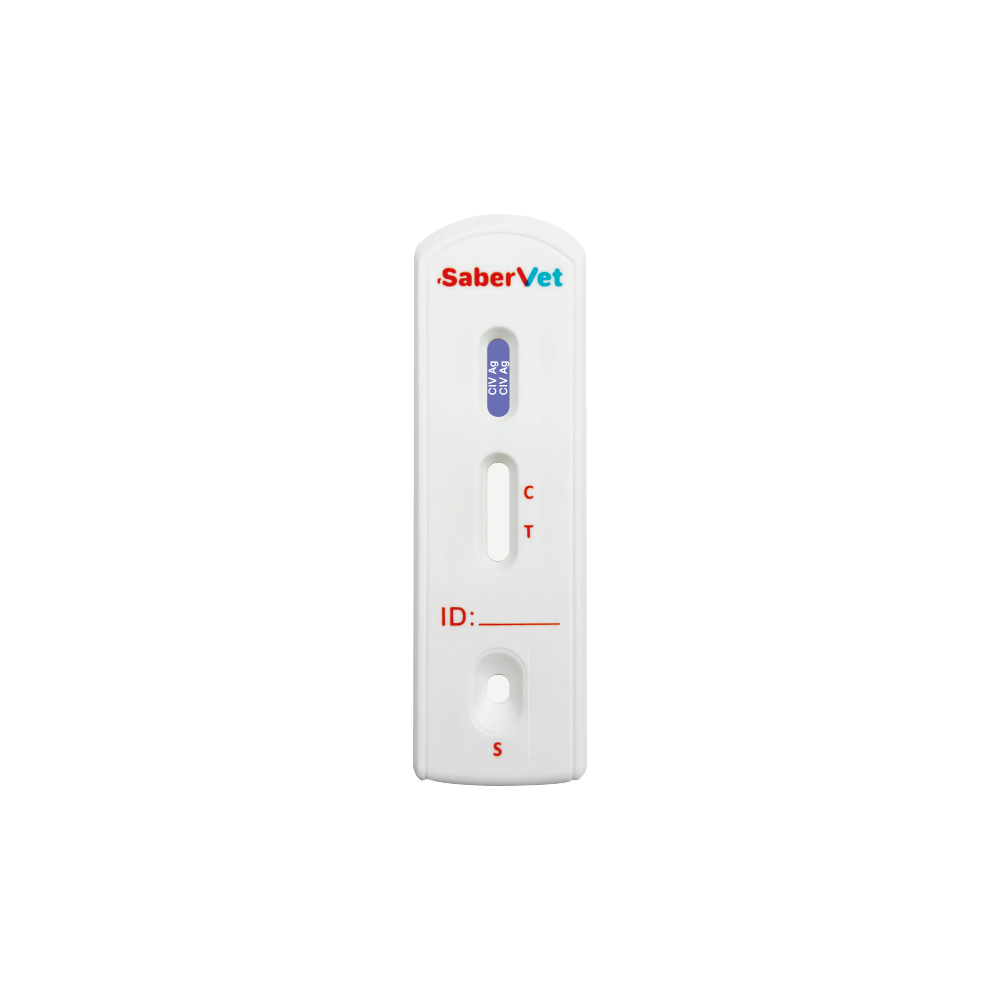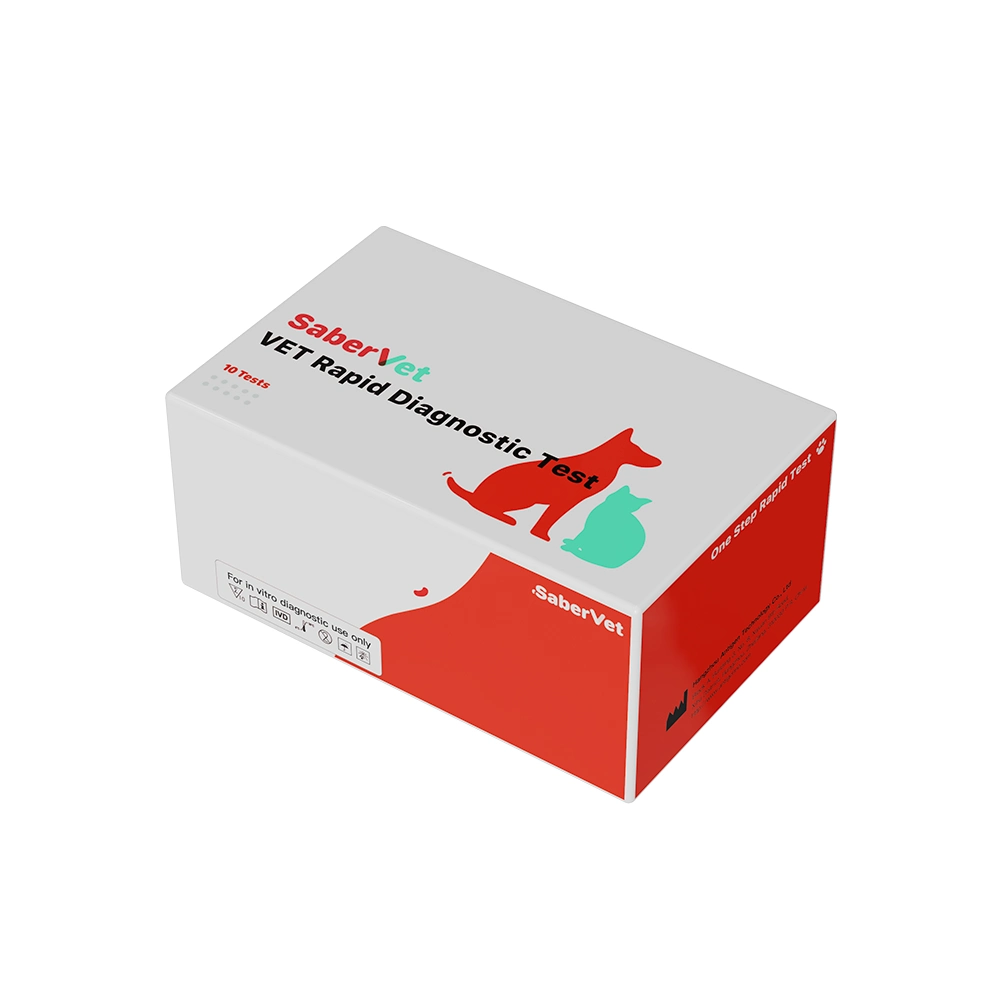Introduction to Pathology:
Canine Influenza Virus (CIV) is a highly contagious virus that causes respiratory disease primarily in dogs. The two main subtypes of Canine Influenza Virus are H3N8 and H3N2. H3N8 originated from the Equine Influenza Virus and was first discovered in 2004, while H3N2 is derived from the Avian Influenza Virus and was first discovered in 2007.
When infected with the canine influenza virus, dogs usually exhibit the following symptoms:
Acute symptoms: coughing (lasting 10-21 days), runny nose, sneezing, fever (usually above 39.4°C), increased eye and nasal discharge, loss of appetite and malaise.
Severe symptoms: Some dogs may develop pneumonia, especially puppies, older dogs, or dogs with weakened immune systems.
Although most dogs with canine influenza virus develop mild cold-like symptoms, some may develop more severe respiratory disease, even leading to death.
Means of Detection:
Clinical Diagnosis
Since the symptoms of canine influenza are similar to other respiratory diseases, it is difficult to confirm the diagnosis based on clinical symptoms alone. Therefore, laboratory tests are needed to confirm it.
Laboratory Tests
PCR (polymerase chain reaction) test:
Throat swabs, nasal swabs or tracheal rinses are collected from dogs.
Detection of viral RNA in the sample by PCR is the most commonly used test and is highly sensitive and specific.
Serologic testing:
Detects the presence of antibodies against canine influenza virus in the serum of dogs.
Dual serum samples from the acute and recovery phases are required to confirm infection by comparing changes in antibody titers.
Virus isolation and culture:
The virus is isolated from the collected samples, cultured and identified. This method, although accurate, is time-consuming and requires specialized laboratory equipment.
Treatment Options:
Currently, there are no specific antiviral drugs for canine influenza virus, and treatment is primarily symptomatic and supportive.
Symptomatic treatment
Antibiotics:
If a secondary bacterial infection is suspected or diagnosed, your veterinarian may prescribe broad-spectrum antibiotics.
Anti-inflammatory drugs:
Nonsteroidal anti-inflammatory drugs (NSAIDs) may be used to reduce inflammation and pain.
Antipyretics:
Used to control febrile symptoms.
Cough suppressants:
Used to relieve severe coughing symptoms and improve the dog’s quality of life.
Supportive Therapies
Stay hydrated:
Make sure the dog is getting enough water to prevent dehydration.
Nutritional support:
Provide high-quality, easily digestible food to ensure the dog receives adequate nutrition.
Isolation and rest:
Isolate infected dogs to avoid cross-contamination and ensure adequate rest.
Preventive Measures
Vaccination:
Vaccines against H3N8 and H3N2 are currently available in the market. Regular vaccination can effectively prevent infection.
Avoid contact with the source of infection:
Try to avoid taking your dog into crowded places, especially during the high flu season or in areas with known outbreaks of canine flu.
Hygiene management:
Regularly clean and disinfect your dog’s living environment to prevent the spread of the virus.
Although canine influenza is a serious contagious disease, its spread and impact can be effectively controlled through timely testing and symptomatic treatment, as well as the implementation of preventive measures.
ITGEN Pet Rapid Test Kit, the pioneer in animal diagnostics. Our innovative technology and rapid diagnostic products create accurate and timely health protection for your pet’s health.













